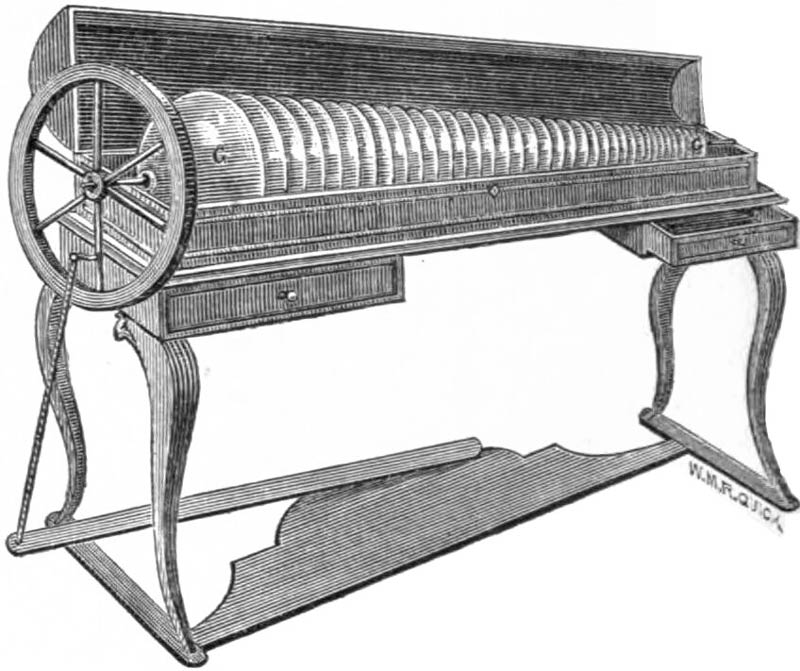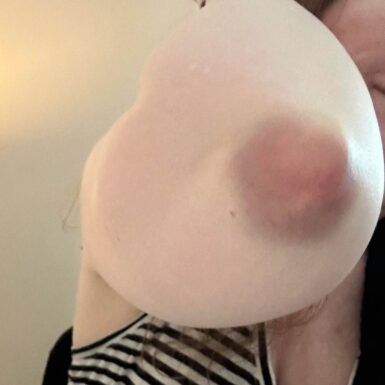The glass harmonica, also known as the glass armonica or the armonica, is a unique musical instrument that produces ethereal and haunting sounds by rubbing glass bowls or goblets with moistened fingers. The instrument was invented by Benjamin Franklin in 1761 and quickly gained popularity in the 18th and 19th centuries. It was regarded as a marvel of engineering and musicianship at the time, captivating audiences with its mesmerizing and otherworldly tones.
The glass harmonica consists of a series of 37 glass bowls or goblets of different sizes, each tuned to a specific pitch. The bowls are stacked vertically on a spindle, which is mounted horizontally. The spindle is turned using a foot treadle or an electric motor, causing the glass bowls to rotate. The player then touches the rims of the bowls with dampened fingers, creating friction and producing a haunting sound.
One of the key innovations of the glass harmonica is the ability to play multiple notes simultaneously. Unlike other glass instruments, such as the glass harp or the wine glass, which produce individual tones, the glass harmonica allows for the execution of chords and complex harmonies. This unique feature opened up new possibilities for composers and musicians, enabling them to explore a wide range of musical expression.
The glass harmonica gained popularity among prominent composers of the time, including Wolfgang Amadeus Mozart and Ludwig van Beethoven. Mozart was particularly fascinated by the instrument and composed several pieces specifically for the glass harmonica, such as his famous Adagio and Rondo for glass harmonica, flute, oboe, viola, and cello.
Illustration of a glass harmonica – 1900
 Image Source
Image Source
Despite its initial success, the glass harmonica gradually fell out of favor. There were several reasons for its decline, including the belief that the instrument had adverse effects on the health of its players. Some people believed that the vibrations and the sound of the glass bowls could cause nervous disorders or even insanity. However, there is little scientific evidence to support these claims.
The glass harmonica was also associated with the occult and was considered to have a mysterious and eerie quality, which further contributed to its decline. As musical tastes changed and new instruments emerged, the glass harmonica lost its popularity and faded into obscurity.
Today, the glass harmonica is a rare instrument, with only a handful of skilled players and artisans who can construct and play it. However, there has been a resurgence of interest in recent years, with musicians and enthusiasts rediscovering the unique and haunting sounds of the instrument. Efforts are being made to preserve the knowledge and craftsmanship required to build and play the glass harmonica, ensuring that its legacy lives on for future generations to appreciate.
The glass harmonica remains a testament to Benjamin Franklin’s ingenuity and musical prowess. Its delicate and haunting sounds continue to captivate listeners and provide a glimpse into the rich musical traditions of the past.
















